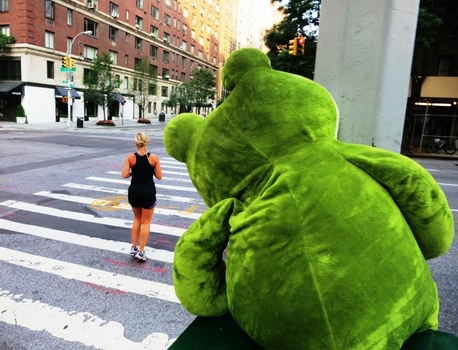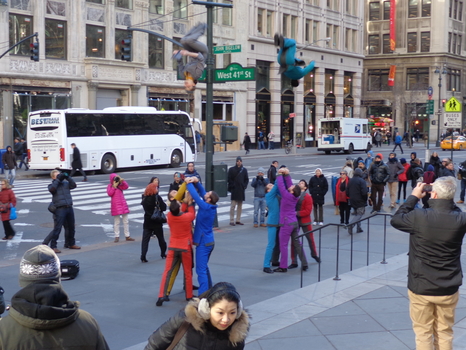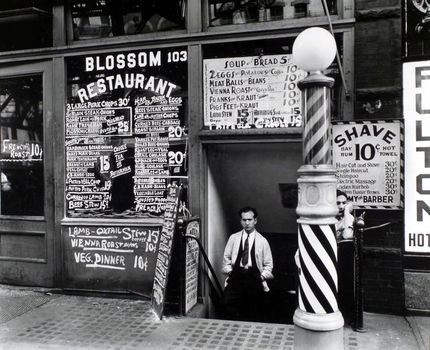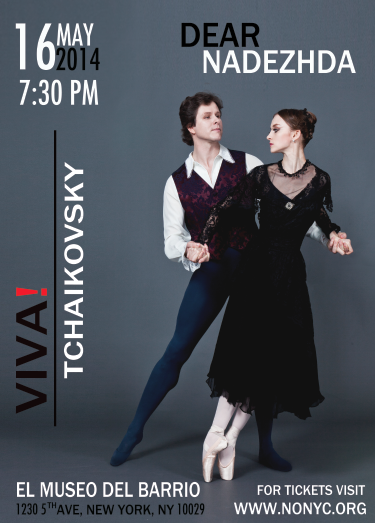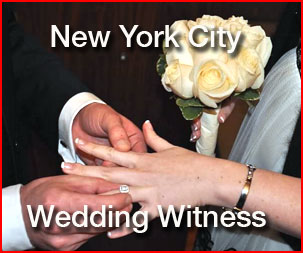Love is a beautiful thing. It can also be a terrible mess. The nurturing embrace love may offer can also turn into bitter jealousy and devastating abandon.
One fascinating story that illustrates the ecstasy and agony of love is that between the famous Russian composer Peter Ilyitch Tchaikovsky and his patron Nadezhda von Meck. When Tchaikovsky was a young and unknown composer, he had the fortune of being discovered by Nadezhda who provided financial and emotional support that allowed him to concentrate his time and attention upon creating the exquisite music that has enraptured the world for over a century. Upon Nadezhda’s request, she and Tchaikovsky were never to meet. Instead, they communicated exclusively through letters and the music Tchaikovsky composed. Through the years, the relationship encountered a number of tumultuous periods such as during Tchaikovsky’s marriage and through his successes as he gained the favor of the Tsar. Through his rising fame, Tchaikovsky even visited New York City and conducted the Oratory Society of New York for the opening ceremony of Carnegie Hall.
This Friday, the Lumière Ballet will perform Venti Petrov’s Dear Nadezhda. The performance tells the story of the relationship between Tchaikovsky and Nadezhda. Venti Petrov performs the role of Tchaikovsky and Oksana Maslova, who is a principal dancer with the Connecticut Ballet, performs the role of Nadezhda. The New Opera NYC Orchestra conducted by Anthony LaGruth performs the selection of Tchaikovsky’s music.
Through the performance, Venti and Oksana demonstrate a profound connection through the vast range of emotion that are poignantly and tenderly expressed as can only be evoked by Tchaikovsky’s incomparable music. Their movements are conversations, not in what is said, but more importantly, in what is felt. As they read each other’s letters, they explore one another’s lives through the music that arises through their relationship. Venti’s choreography portrays the music through the dancers’ movements, emphasizing distance and severity as each could only look to the other as the other was turning away, while also demonstrating the appreciation and adoration they held together.
In the second scene there are moments when Nadezhda and Tchaikovsky explore one other’s homes without the other being present. Each experiences the life of the other, although only through the lingering residual touch of the other’s presence, while confronting the reality of the other’s absence. Here there are instances as mysterious as the inspiration of the muses themselves. It is also the openness that the artist provides the audience who freely explore the vulnerable intimacies expressed through the artist’s work.
Although no portions of Tchaikovsky’s final symphony are performed there are subtle hints of Pathetique in the ballet’s structure. Approaching the close of the performance, the ballet is enlivened with dance, first with a slightly brooding mazurka and then a thrilling waltz. For the closing, a duet is performed by Catherine Fish playing the violin and Alla Mulchstein playing the piano for a “white pas de deux” with Venti and Oksana expressing the spiritual union of Tchaikovsky and Nadezhda that endures for eternity.
Just as the lives of Tchaikovsky and Nadezhda, the dance is led by the music, and by love.
Dear Nadezhda will be performed with Viva! Tchaikovsky at El Museo del Barrio on Friday, May 16 at 7:30 PM.
Garrett Buhl Robinson is a poet and novelist living in New York City. www.garrettrobinson.us


